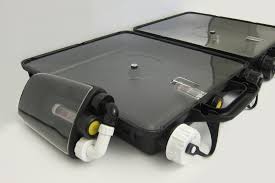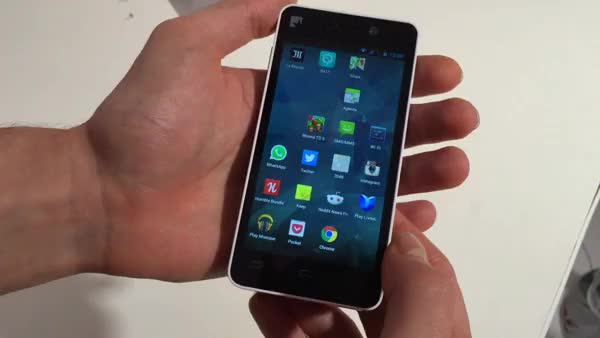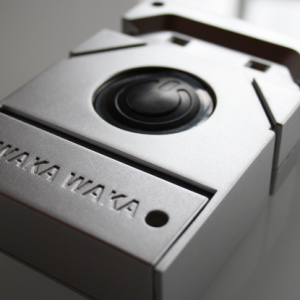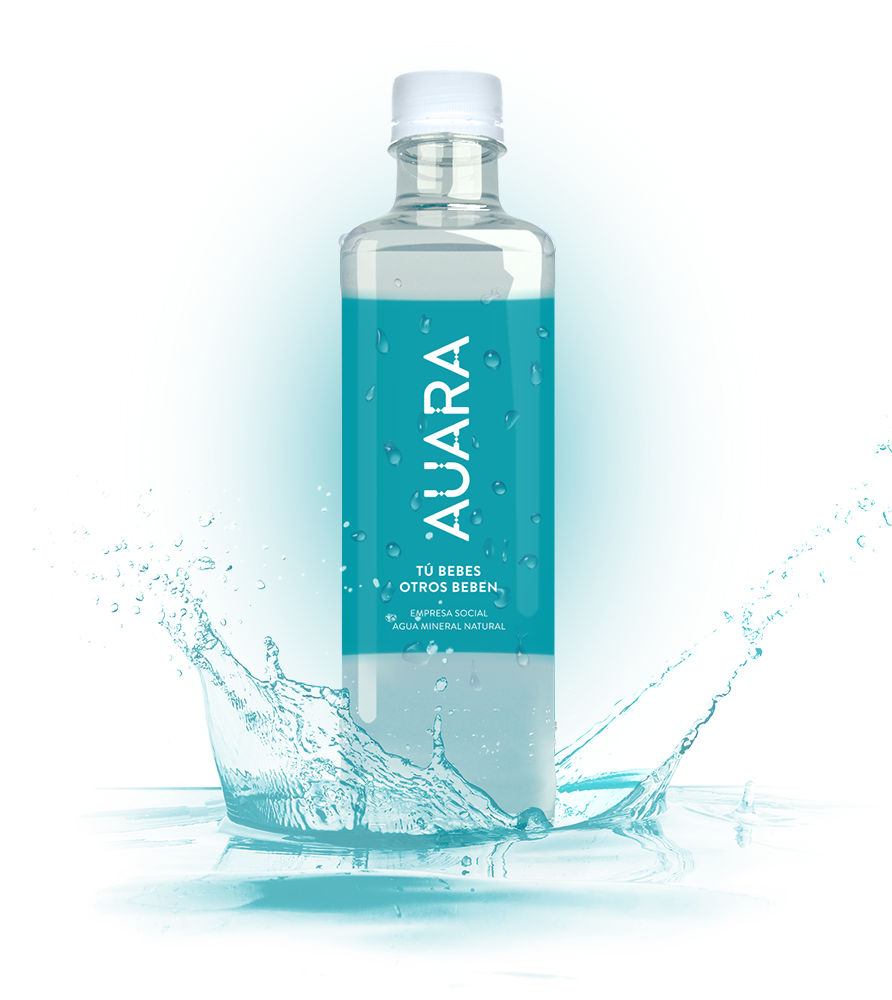
The Swedish company Solvatten is marketing a solution for developing countries where access to drinking water and energy is unreliable.
Today in the world, one in eight people live without access to clean water. According to the World Health Organization (WHO), 1.9 billion people are forced to use untreated water or which contains fecal traces. Result: headaches, stomach aches, typhus, cholera.
There are traditional methods to purify water. The first is simply to boil it. But it often means buying wood or coal to make fire: an activity that takes time, costs money and is especially dangerous to health. According to WHO, 2.7 billion people (38% of the world’s population) use wood and coal; 4 million people die each year from pollution-related illnesses caused by cooking on fire. Not to mention burns and the fact that this practice contributes strongly to deforestation. The other solution is, more simply, to put water in the sun. UV rays destroy the formation of DNA bonds in microorganisms, which prevents them from reproducing and makes them harmless. There, the problem is more with the containers used, which often resist heat and UV, and which can even release chemicals and potential toxins in the water.
Its founder believes “firmly in the ability of these people to cope with their own situation provided that, on the one hand, we make the solution financially accessible and, on the other hand, the beneficiaries pay for its acquisition, so Solvatten will be justly valued and will be taken care of”
A drinking water suitcase
To solve this problem, Swedish researcher Petra Wadström had the idea of Solvatten twenty years ago. She began commercializing her solution in 2006 after ten years of R&D. The concept is simple: a kind of black suitcase each with two five-liter containers, equipped with microfilters. Simply place the suitcase in the sun (the system works if there are some clouds, not if it’s really gray or if it rains) for two to six hours to get hot water (up to 75°C) especially drinking water. A light warns that the water is ready for use, and the materials are designed to withstand UV over the duration. Today, Solvatten currently equips 240,000 people in some 20 countries, with large-scale projects in Nepal and Kenya. Its founder believes “firmly in the ability of these people to cope with their own situation provided that, on the one hand, we make the solution financially accessible and, on the other hand, the beneficiaries pay for its acquisition, so Solvatten will be justly valued and will be taken care of”, reports ConsoGlobe. The suitcases are therefore sold at a price of €88, for a lifetime of seven to ten years, but the company insists that its solution allows families to make significant savings in wood and health costs. To increase its impact, Solvatten launched a foundation in 2013 to collect donations from the public, and forged partnerships with approximately 45 partner companies that, by sponsoring the distribution of suitcases, extend their social and environmental responsibility actions.
![]()
Best practice to discover onBipiZ.org
Solvatten (Sun & Water), clean water access from solar energy.
Meet Petra Wadström during the 11th edition of the World Forum for a Responsible Economy
More than a 100 experts from around the world will take part in the WFRE from 17 to 19 October to discuss the technological, societal and economic upheavals of our time and present their reflections and good practices.



